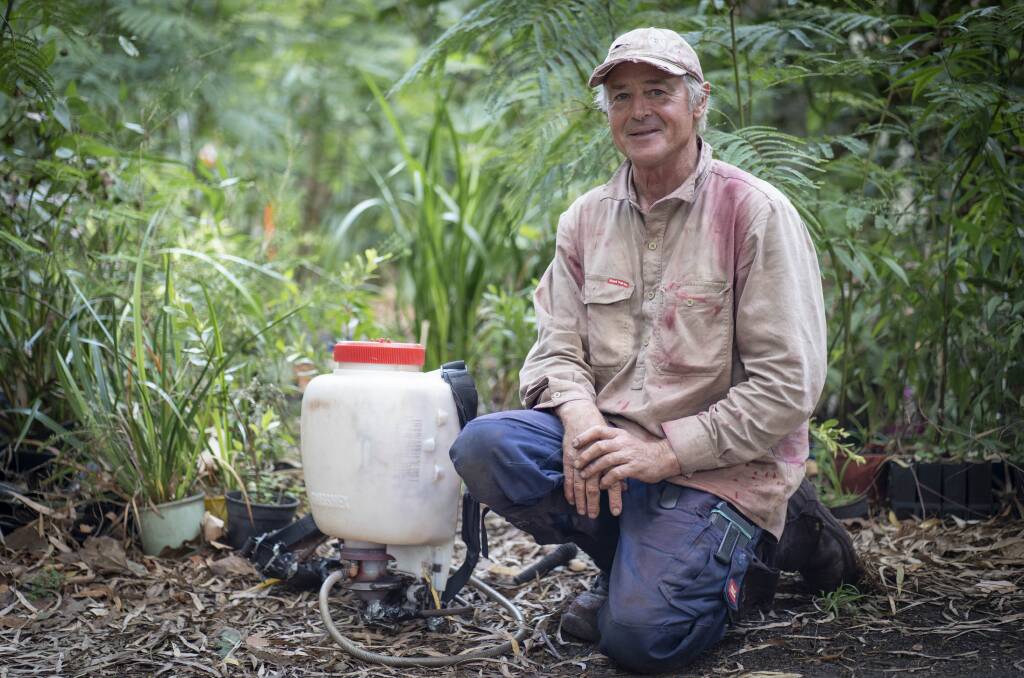
Persistence and coordination are proving to be the biggest enemies of arum lilies in the Margaret River area as contractors, landholders and a region-wide control effort report a decline in infestations.
Contractor Rick Ensley has been controlling arum lilies for more than a decade and knows the plant and how to eradicate it better than many.
As a contractor, Mr Ensley is a key player in Nature Conservation Margaret River Region's Arum Lily Blitz, which has been bringing together local and State Government agencies, environmental organisations and private landholders to wage war against this toxic weed since 2019.
Mr Ensley said arum lily was an extremely successful weed that was "perfectly designed to take over" and if left to its own devices, it would kill everything off - leaving a dense monoculture of arum lilies.
But with the Blitz's coordinated approach, the spread of arum lily was becoming a "very manageable problem".
We can see this in places like at the Point Rd campsite at Boranup, which seemed insurmountable, but going back there now, you can really see the difference.
- Rick Ensley
"We know that it takes just a small amount of herbicide and a coordinated approach to gain the upper hand," Mr Ensley said.
"We can see this in places like at the Point Rd campsite at Boranup, which seemed insurmountable, but going back there now, you can really see the difference."
Another person experiencing great success is Peter Stark, who owns a 42.5ha property in Wilyabrup.
Mr Stark joined the Blitz in 2019 and began with a comprehensive spray program.
"The difference after the first year was dramatic and beyond our expectations," he said.
"The spraying completed in 2019 was so effective we had to search for arum lilies in 2020, and 95 percent of the time we put in was simply looking, not spraying."
While Mr Stark acknowledged follow up spraying would be required, he said controlling 10 percent of what was originally there would be easily managed.
Arum lily is a toxic species introduced from South Africa and has taken hold across the region.
It outcompetes native vegetation, reduces the availability of food for wildlife and threatens biodiversity.
It is also poisonous to pets, livestock and people but is easily controlled with herbicide.
As a long-time contractor, Mr Ensley said there was still some apprehension about using a "chemical" but stressed the herbicide's safety.
"The herbicide we use is a plant enzyme inhibitor," he said. "It is nontoxic to birds, mammals, fish. It simply prevents the synthesis of amino acids, which prevents plants from metabolizing."
Free herbicide is available to landholders as part of the Arum Lily Blitz. Participants will also gain access to easy-to-follow instructions and other valuable resources by registering at natureconservation.org.au
The Blitz is funded by the WA Government State Natural Resource Management Program.

